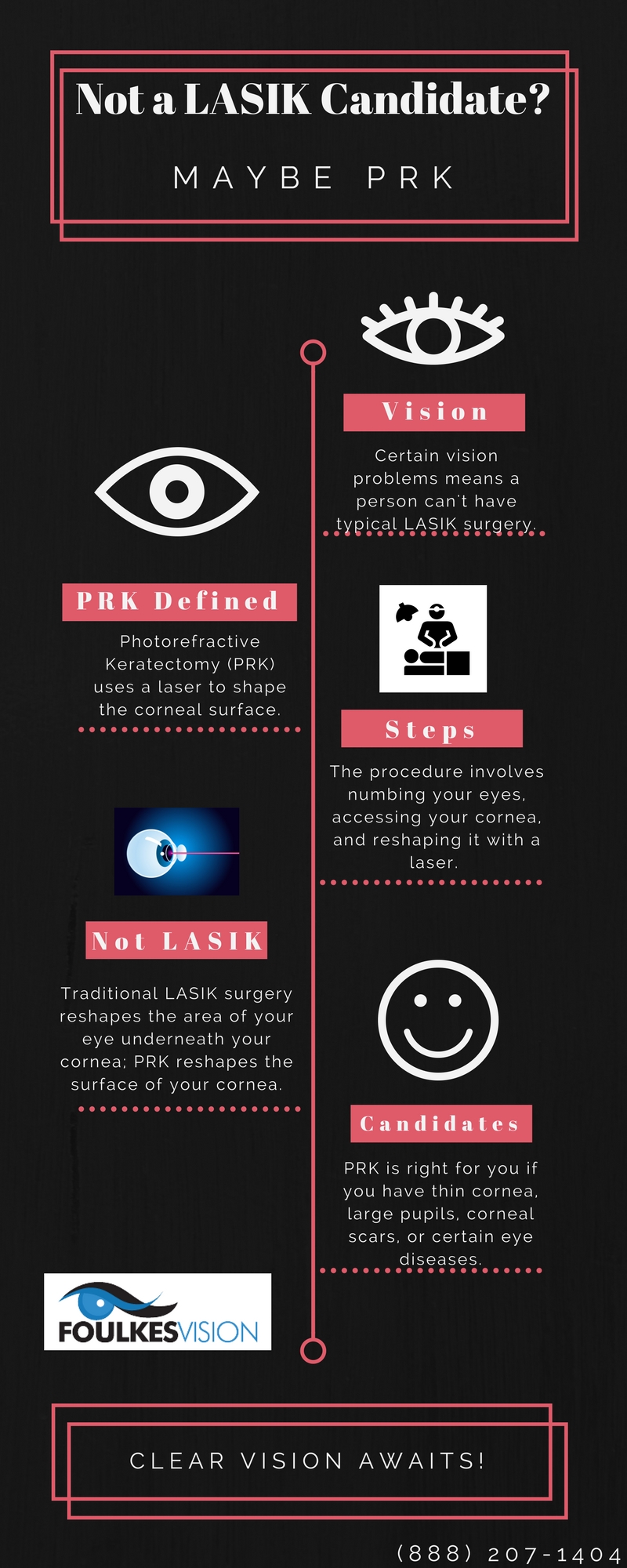Explore A Fascinating Exploration Into The History Of Cataract Surgery Techniques That Are Changing The Area Of Eye Health And Wellness
Explore A Fascinating Exploration Into The History Of Cataract Surgery Techniques That Are Changing The Area Of Eye Health And Wellness
Blog Article
Web Content Create By-Mendoza Maynard
As you explore the evolution of innovative cataract surgical treatment methods, you'll witness a trip marked by resourcefulness and accuracy. From ancient methods that paved the way for contemporary advancements to cutting-edge technologies that are changing the area, the comprehensive introduction of cataract surgical procedure methods is a testament to human progression and dedication to enhancing individual results. The complex interaction between historic methods and advanced advancements produces a fascinating narrative that clarifies the evolution of one of one of the most usual surgeries worldwide.
Historical Methods and Developments
Explore exactly how very early doctors reinvented cataract therapy by using innovative methods and tools. In the past, cataract surgical treatment was a dangerous and painful treatment. Nonetheless, old Indian medical professionals were amongst the very first to attempt medical treatments for cataracts, using a technique called 'formulating' where a sharp tool was made use of to press the cataract back into the eye. This method, though crude by today's requirements, prepared for future improvements in cataract surgery.
As time advanced, Arab physicians made substantial contributions by creating specialized needles for cataract extraction. These needles were utilized to puncture the cataract and afterwards remove it from the eye, marking a substantial improvement in surgical precision.
Later, in the 18th century, the French cosmetic surgeon Jacques Daviel originated the technique of extracapsular cataract extraction, where the entire lens was removed undamaged with a larger laceration. This noted a major development in cataract surgical procedure methods, paving the way for the contemporary procedures we use today.
Modern Surgical Approaches
Early techniques in cataract surgery have actually advanced dramatically, leading to the growth of contemporary medical methods that focus on precision and enhanced client outcomes. Modern cataract surgery currently usually involves a treatment called phacoemulsification, where an ultrasonic tool breaks up the cataract for removal through a small incision. This technique allows for quicker healing and lowers the risk of issues contrasted to older techniques.
Additionally, the use of advanced intraocular lenses (IOLs) has reinvented cataract surgery results. https://www.forbes.com/sites/leebelltech/2018/01/25/the-latest-laser-eye-surgery-innovation-shaking-up-the-health-industry-and-anyone-can-do-it/ can fix not just the cataract but additionally various other refractive mistakes like astigmatism, minimizing the requirement for glasses post-surgery.
Surgeons today additionally have access to advanced imaging innovations that help in precise preoperative planning and intraoperative decision-making. Optical coherence tomography (OCT) and other imaging techniques supply detailed photos of the eye's structures, enabling a more tailored method to every individual's surgical treatment. With click for more info , modern cataract surgical procedure methods continue to improve, supplying clients more secure procedures and much better visual outcomes.
Emerging Technologies in Cataract Surgical Procedure
With developments in modern technology reinventing the area, cataract surgical treatment is seeing the assimilation of innovative techniques for boosted client results. Emerging modern technologies in cataract surgical procedure are reshaping the landscape of ophthalmic treatments. One such innovation is femtosecond laser modern technology, which permits exact corneal lacerations, capsulotomies, and lens fragmentation, bring about enhanced surgical precision and results.
Additionally, intraoperative aberrometry is gaining popularity, making it possible for real-time dimensions of refractive mistakes during surgical treatment to boost intraocular lens power computations and reduce postoperative refractive shocks.
Additionally, the use of sophisticated imaging technologies like optical coherence tomography (OCT) and intraoperative wavefront aberrometry help doctors in specific surgical preparation and implementation. These tools offer comprehensive physiological details and aid customize surgical strategies for every client's special eye qualities.
Moreover, developments in artificial intelligence are being checked out to aid in preoperative preparation, intraoperative decision-making, and postoperative treatment, possibly maximizing surgical outcomes and patient complete satisfaction. Welcoming these emerging modern technologies in cataract surgery holds guarantee for further enhancing individual end results and ensuring the continued development of ocular surgical strategies.
Conclusion
As you trip with the background of cataract surgical treatment, you witness the improvement from ancient methods to innovative innovations. Like a phoenix az increasing from the ashes, cataract surgical procedure has actually progressed into a beacon of hope and innovation.
Equally as a caterpillar emerges from its cocoon as a lovely butterfly, cataract surgical treatment has blossomed right into a polished art form, offering patients clearer vision and a brighter future.
The development continues, shining a light on limitless possibilities.
